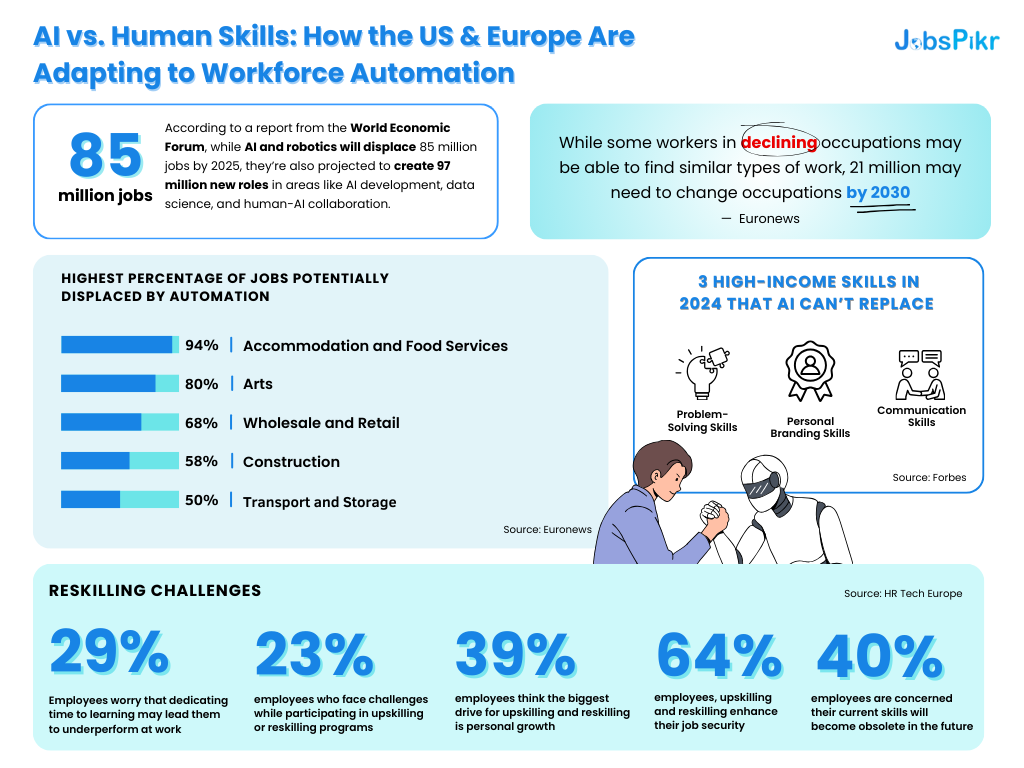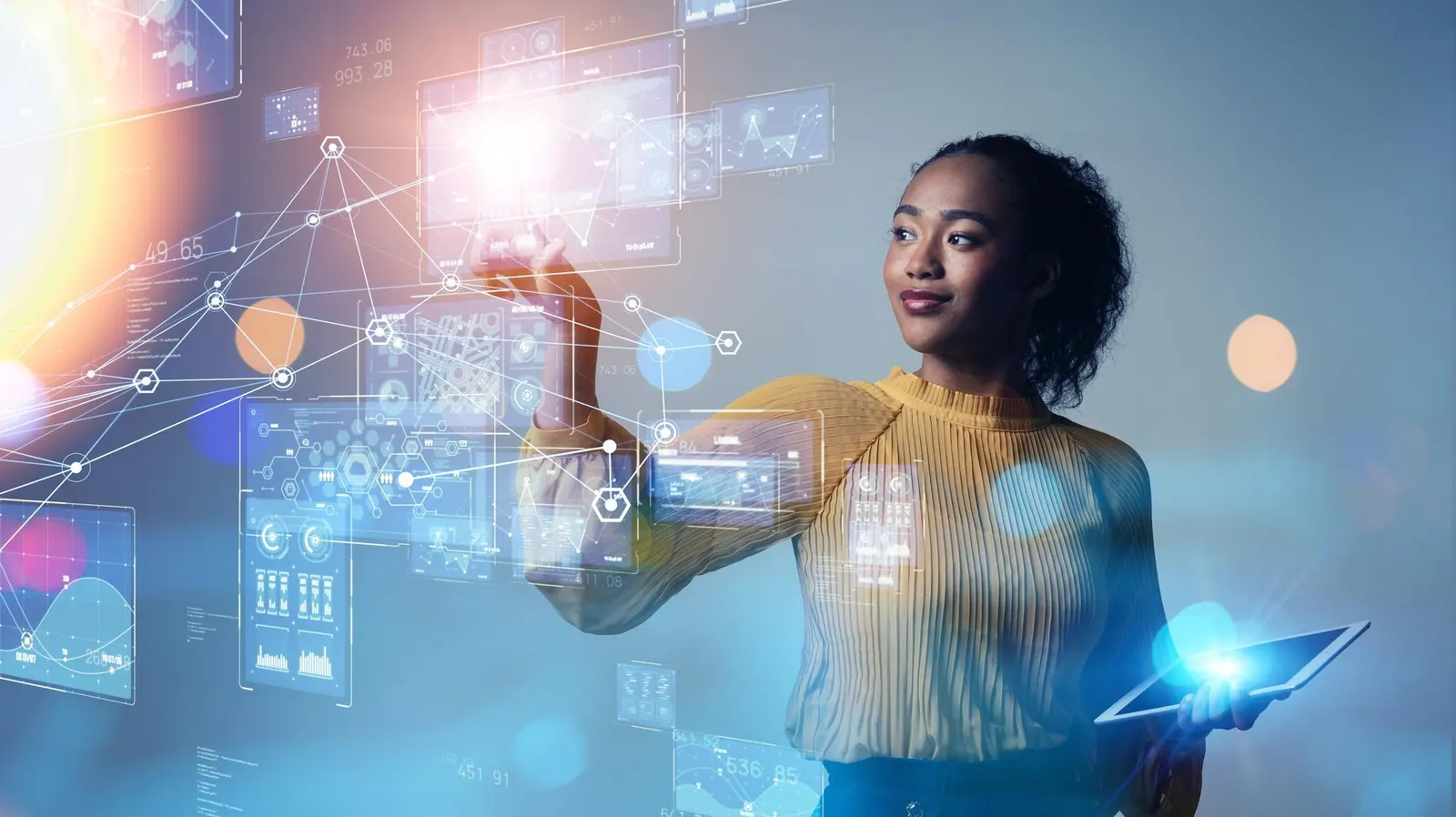Artificial intelligence (AI) remains at the epicenter of technological innovation, economic debate, and social transformation in 2025. As AI systems grow more capable and ubiquitous, their impact on the workforce is intensifying, with OpenAI CEO Sam Altman issuing stark warnings about the imminent arrival of humanoid robots and their potential to disrupt jobs on a massive scale.
The Rise of Humanoid Robots: A New Era of Automation
Sam Altman, a leading voice in the AI revolution, has recently cautioned that the world is on the brink of a “humanoid robots moment”. According to Altman, breakthroughs in robotics and AI are converging, making it likely that robots capable of performing a wide range of human tasks will soon become commonplace in workplaces and homes. He envisions a future where seeing robots as couriers, warehouse workers, and shop assistants will be routine—a development that could fundamentally reshape labor markets.
OpenAI’s partnership with Figure AI, a robotics startup, exemplifies this trend. Together, they aim to embed advanced AI models into humanoid robots, enhancing their ability to process language, reason, and interact in real-world environments. Backed by tech giants such as Microsoft, Nvidia, and Amazon’s Jeff Bezos, the collaboration seeks to accelerate the deployment of billions of human-like robots globally. The goal is to fill labor shortages and perform tasks that humans may be unwilling or unable to do, but the implications for employment are profound.

Job Disruption: Speed and Scale Unprecedented
While technological change has always influenced employment, Altman and other tech leaders emphasize that the current wave of AI-driven automation is distinct in its speed and breadth. Altman notes that, historically, new technologies have both eliminated and created jobs, but the velocity of change with AI and robotics is unlike anything seen before.
Recent reports suggest that up to 40% of global roles could be at risk due to automation and AI by 2025, with routine and repetitive tasks most vulnerable. Already, 14% of workers have experienced job displacement due to AI, and projections indicate that up to 45 million American jobs could be overtaken by AI by 2030. The manufacturing sector alone may see two million workers replaced by automated tools this year. These figures highlight the urgent need for reskilling and adaptation, as over 120 million workers worldwide will require retraining in the next three years to stay relevant.
Tech Leaders’ Perspectives: Opportunity Amid Disruption
The debate among tech leaders reflects both optimism and caution. NVIDIA’s Jensen Huang maintains that AI will ultimately boost productivity and create new jobs, especially in fields that harness human creativity and problem-solving. Zoho’s Sridhar Vembu suggests that AI could drive down prices and improve compensation for people-focused work. In contrast, Altman’s perspective is more nuanced: he acknowledges that while the economy may benefit overall, some individuals and communities will face significant challenges as roles vanish and new ones emerge.
AI’s impact is not solely negative. The technology is expected to accelerate scientific research, open up new industries, and create demand for skills that complement automation, such as AI oversight, creative design, and advanced technical expertise. For example, software development is projected to see nearly 18% job growth by 2033, fueled by AI-driven productivity gains.

The Imperative for Adaptation: Reskilling and Leadership
As AI transforms the workplace, adaptability becomes the defining trait for both workers and organizations. The World Economic Forum estimates that by 2025, half the workforce will need to refresh their skills to use AI effectively and ethically. Leadership in the digital age now demands emotional intelligence, change management, and the ability to foster a culture where AI is seen as a collaborator rather than a threat.
Forward-thinking companies are already integrating AI agents to automate workflows, with 33% of business leaders considering layoffs due to AI adoption and 81% planning to expand their teams with AI-focused roles. At the same time, the rise of “frontier firms”—organizations that blend human talent with AI—signals a shift toward workplaces where humans and machines work side by side.
Conclusion: Navigating an AI-Driven Future
AI’s relentless advance is reshaping the workforce at a pace and scale that demands urgent attention from policymakers, business leaders, and workers alike. Sam Altman’s warnings about humanoid robots serve as a clarion call: while AI offers immense promise, it also poses significant risks to traditional employment. The challenge now is to harness AI’s potential for innovation and prosperity while ensuring that the transition is inclusive, ethical, and supportive of those most at risk of displacement. The future belongs to those who can adapt, learn, and thrive alongside intelligent machines.

